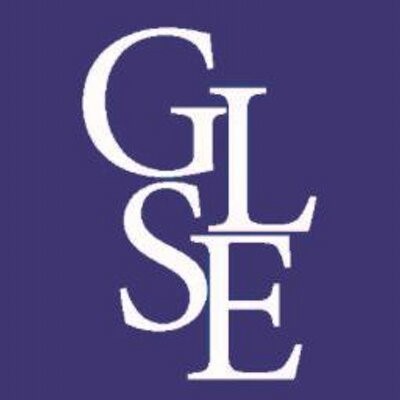
iGEM Toronto 2016 worked on developing a portable synthetic biological sensor for gold, and a deep neural network for discovering novel genes involved in gold biomineralization.
Biological methods can be used to detect metal ions, complexes and nanoparticles. Biosensing refers to a collection of techniques which utilize existing biological pathways and complexes to detect specific metals in various samples, such as those from soil and drinking water. Biosensing has been found to occur in relation to iron, zinc, copper, silver, gold and cadmium.

Here, we propose an environmentally-friendly approach to biosensing through design and implementation of novel synthetic biology solutions for the mining industry. By creating cell-free paper-based biosensors, we intend to develop a quick, easy and affordable method for detection of gold in soil samples. Our team plans on tackling through use of a transcriptional activator, GolS, and its variants, which induce their associated reporter genes in the presence of gold ions. These reporter genes will be selected to act as visual indicators. Our computational team will augment this project by engineering a smartphone application for colorimetric analysis. This will be done using the smartphone’s camera input of the visual indicators to estimate the amount of gold present in a sample. The computational team will also be developing a pipeline to identify gene clusters related to a given function of interest. This data mining module will allow its user to search for homologous gene clusters as potential gold resistant or accumulation genes like alternatives to the del cluster.
Sponsors
We thank to all our sponsors who supported our project!
Gold Sponsors




Silver Sponsors



Bronze Sponsors





